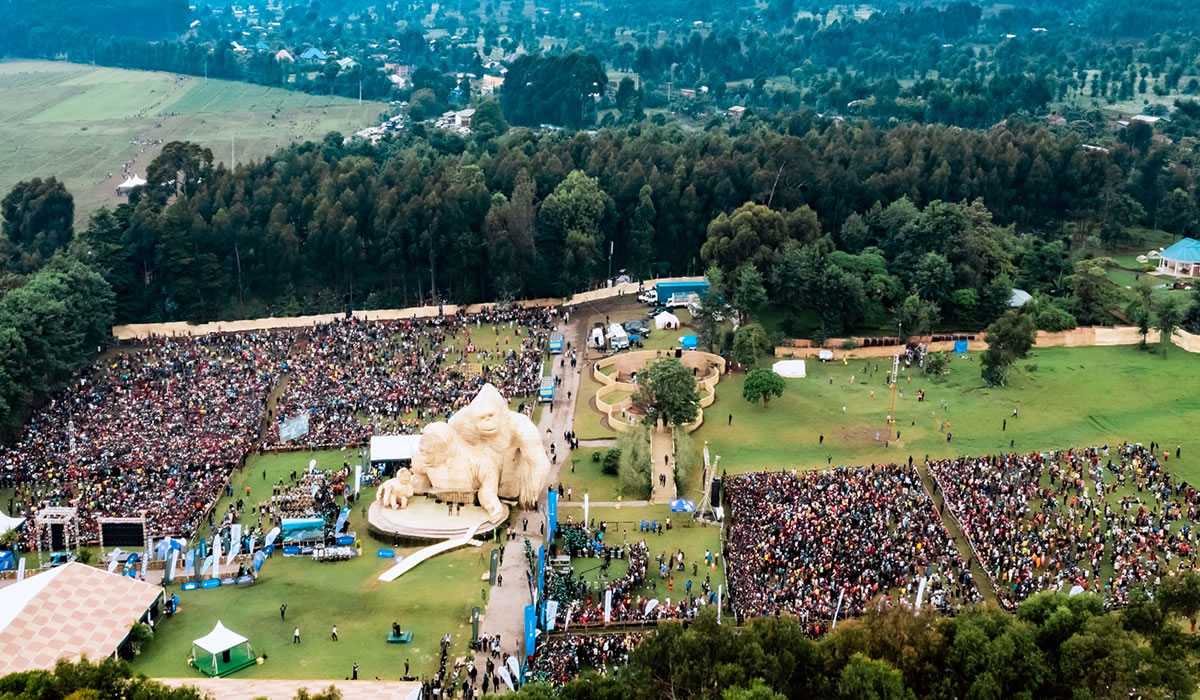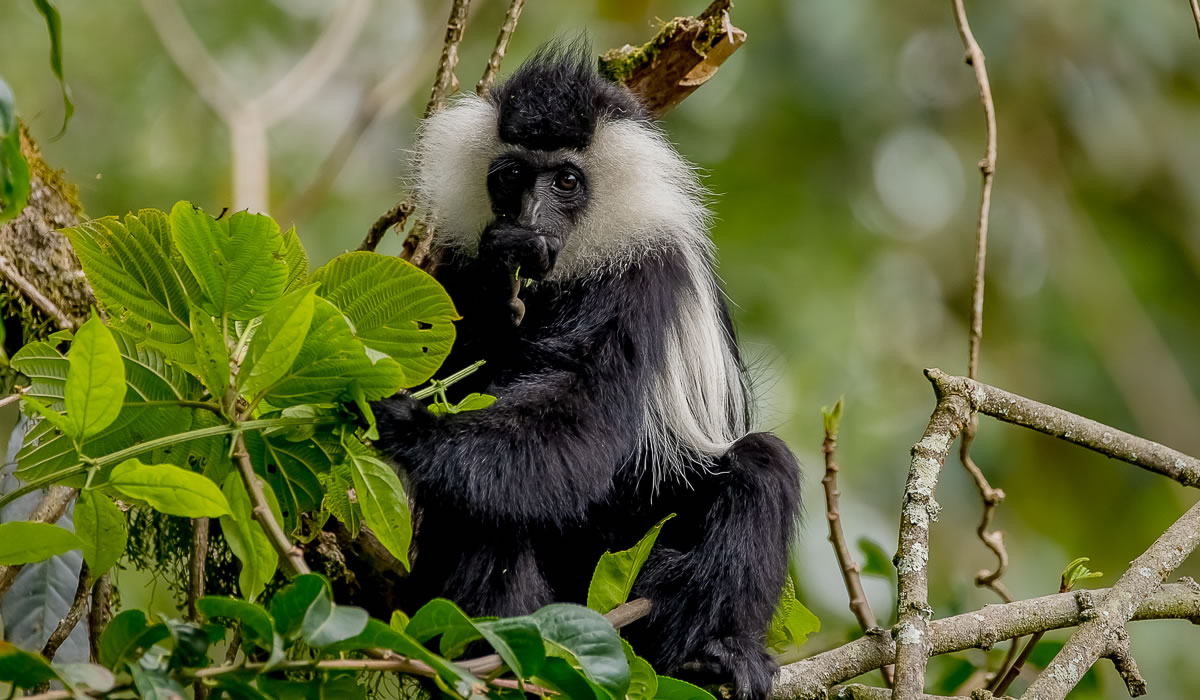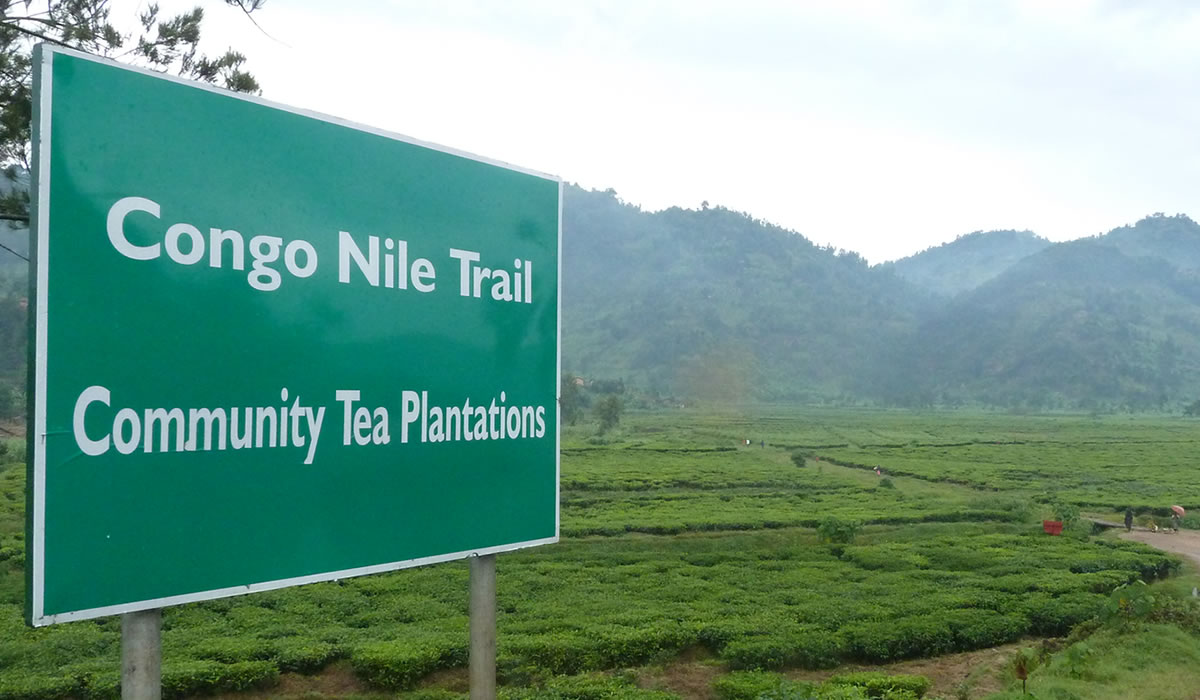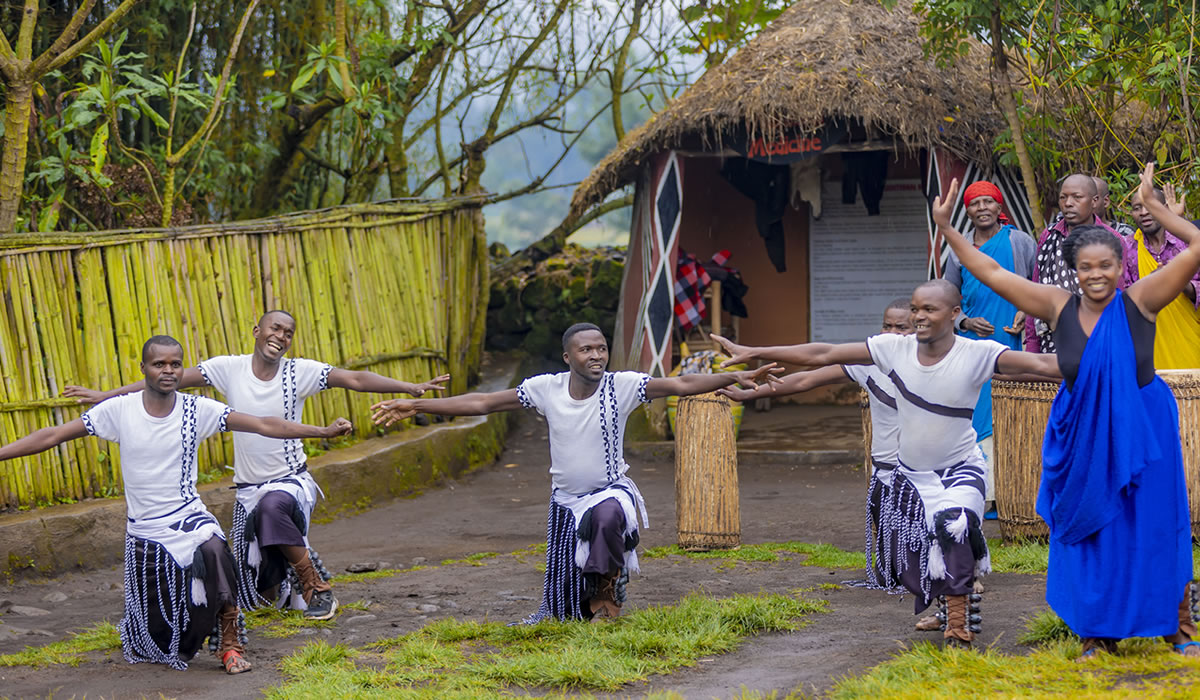Located in the southwestern part of Rwanda, Nyungwe Forest National Park stands as one of…

Kwita Izina: The Gorilla Naming Ceremony in Rwanda
In the verdant mountains of northern Rwanda, a unique and profoundly symbolic ceremony takes place each year Kwita Izina, the Gorilla Naming Ceremony. Held at the edge of Volcanoes National Park, this extraordinary event celebrates the birth of baby mountain gorillas and honors Rwanda’s ongoing commitment to conservation, community involvement, and sustainable tourism. Inspired by a centuries-old Rwandan tradition of naming children shortly after birth, Kwita Izina is a vibrant fusion of culture, conservation, and international collaboration. Over the years, it has become one of Africa’s most iconic conservation events, drawing global attention and uniting people from all walks of life in a shared mission to protect one of the planet’s most endangered species.
Origins and Meaning of Kwita Izina
The name Kwita Izina translates to “to give a name” in Kinyarwanda, Rwanda’s official language. In Rwandan tradition, naming a newborn is an important cultural milestone, marking the child’s entry into the community and symbolizing hopes and values tied to their future. Drawing from this tradition, the Rwanda Development Board (RDB) launched the gorilla naming ceremony in 2005, seeking to raise awareness about the importance of mountain gorilla conservation and to involve communities, scientists, and conservationists in the journey of each new gorilla born in the wild.
The ceremony itself is deeply symbolic. Just as Rwandans name their children in anticipation of their role in society, naming a baby gorilla is a gesture of recognition and inclusion it says, “You are known, you are watched over, and you matter.” The names given to the gorillas often reflect the circumstances of their birth, the personality of the infant, conservation milestones, or values such as hope, resilience, peace, or unity.
The Conservation Context
Kwita Izina is more than a celebration; it is a public declaration of Rwanda’s steadfast commitment to conservation. Mountain gorillas (Gorilla beringei beringei), once on the brink of extinction, have seen a remarkable population rebound in recent decades, thanks largely to the country’s proactive protection strategies. Rwanda is one of only three countries in the world alongside Uganda and the Democratic Republic of Congo where mountain gorillas live in their natural habitat.
Volcanoes National Park, where the ceremony takes place, is home to approximately one-third of the world’s remaining mountain gorilla population. These majestic animals are an essential part of Rwanda’s natural heritage and a cornerstone of its eco-tourism economy. The revenue generated from gorilla trekking permits (currently at $1,500 per person) supports conservation, research, and community development, demonstrating how tourism can be harnessed to protect endangered species and uplift surrounding communities.
Kwita Izina has been instrumental in reinforcing these connections. By naming baby gorillas and sharing their stories with the world, the ceremony personalizes conservation, encourages public engagement, and fosters a sense of global responsibility.
The Ceremony: A National and International Event
Held annually in Kinigi, just outside the entrance of Volcanoes National Park, Kwita Izina has grown from a local event into a major international occasion. It attracts thousands of attendees, including conservationists, local community members, international dignitaries, celebrities, government officials, scientists, and tourists. The event is typically held in September, coinciding with Rwanda’s Tourism Week, and includes a series of activities such as conservation exhibitions, community outreach programs, educational events, and business forums focused on sustainable tourism.
The central ceremony is both solemn and celebratory. Attendees gather under massive tents with the majestic Virunga Volcanoes as a backdrop. Traditional music and dance performances fill the air with rhythm and joy, setting a cultural tone. Dancers clad in colorful umushanana (traditional attire) perform alongside Intore warriors, who display their signature high-kicking dances and drumming.
Then comes the highlight: the naming of the baby gorillas. Each infant is presented on a large screen with photos and background information. Special guests known as “Namers” are chosen to give names to the gorillas. These Namers are carefully selected individuals who have made significant contributions to conservation, tourism, or community development, and have included global celebrities, scientists, philanthropists, business leaders, and heads of state. For example, in past years, Namers have included Ellen DeGeneres, Dr. Jane Goodall, Naomi Campbell, and international conservationists.
The names are spoken aloud in Kinyarwanda and translated for the international audience. Each name tells a story. For instance, a baby born during the COVID-19 pandemic might be named Amaboko (“helping hands”) to signify unity and collaboration during a crisis. Another might be called Ubutwari (“bravery”) to honor the courage of rangers and conservation workers.
By naming each gorilla, the ceremony elevates the individuality and importance of these animals, reinforcing their value not only to Rwandans but to humanity at large.
Behind the Names: The Gorillas and Their Families
Each year, between 20 to 30 baby gorillas are named during Kwita Izina, though the number varies depending on births and conservation data. The infants come from habituated gorilla families, meaning groups that have been accustomed to human presence for research and tourism purposes.
The baby gorillas are not physically present at the ceremony to ensure their safety and minimize stress. Instead, detailed profiles are shared, including their parents’ names, birthdates, family group names, and notable behaviors. For example, a young gorilla born to a well-known silverback might be highlighted for continuing a strong genetic line, while others may be celebrated for being born to first-time mothers or surviving difficult conditions.
These backstories help foster emotional connections between the public and the gorillas. People begin to recognize and follow specific families, such as the Sabyinyo, Amahoro, or Hirwa groups, turning the gorillas into household names and conservation ambassadors.
Community Involvement and Empowerment
One of Kwita Izina’s most remarkable features is the deep integration of local communities. Rwanda’s conservation model emphasizes co-existence between wildlife and people. Recognizing that conservation cannot succeed without local support, the government and partners invest a portion of tourism revenue into community projects schools, health clinics, water supply systems, roads, and livelihood programs.
During Kwita Izina week, local entrepreneurs showcase handicrafts, food, and cultural performances. Community leaders are honored, and youth groups participate in education programs. The presence of these communities at the ceremony is not symbolic; it is essential. They are the true custodians of the land and have played a critical role in the resurgence of mountain gorilla populations.
In past years, community conservation heroes such as former poachers turned guides or rangers who have spent decades protecting gorillas have been invited to name gorillas, a powerful acknowledgment of grassroots contributions.
Conservation Impact and Global Recognition
Since its inception, Kwita Izina has had tangible conservation impacts. The annual naming ceremony is accompanied by the tracking and documentation of each newborn gorilla, contributing to meticulous scientific data and population monitoring. Rwanda’s mountain gorilla population has grown steadily over the past decades, with recent census figures estimating more than 1,000 mountain gorillas living in the wild a historic milestone.
The event has also brought international visibility to Rwanda’s conservation efforts, enhancing its reputation as a leader in ecotourism. Organizations such as the Dian Fossey Gorilla Fund, Wildlife Conservation Society, and African Parks collaborate with Rwanda on long-term initiatives, often using the momentum generated by Kwita Izina to launch campaigns and partnerships.
Additionally, the naming ceremony has served as a platform to discuss pressing environmental issues like climate change, illegal wildlife trade, and sustainable development. Conservation summits and tourism investment forums held alongside the event have led to new funding, innovative solutions, and policy commitments.
Visiting Rwanda During Kwita Izina
For travelers and conservation enthusiasts, visiting Rwanda during Kwita Izina season is a rare and enriching experience. The country offers a seamless blend of wildlife adventure, cultural immersion, and eco-conscious travel. Gorilla trekking in Volcanoes National Park can be combined with visits to Lake Kivu, the Musanze Caves, or the Gorilla Guardians Village, where former poachers share their transformation into conservation advocates.
In addition to participating in Kwita Izina festivities, visitors can tour the new Ellen DeGeneres Campus of the Dian Fossey Gorilla Fund in Musanze, an impressive center for research, education, and community engagement. The facility reflects the evolution of Rwanda’s conservation infrastructure and is open to tourists and students alike.
Hotels in Musanze and Kigali often offer special packages around the Kwita Izina period, and tour operators organize guided experiences that include access to the ceremony, local tours, and cultural performances. Advance planning is essential, as accommodations and permits are in high demand during this period.
The Future of Kwita Izina
As Rwanda continues to position itself as a model for conservation-driven development, Kwita Izina remains a cornerstone of its national strategy. Plans are underway to expand the scale and reach of the ceremony through digital platforms, community outreach, and international collaboration. In recent years, virtual events and livestreams have enabled global audiences to participate in the ceremony, making it a truly international celebration of life and conservation.
Moreover, the government’s plan to expand Volcanoes National Park adding more protected land for gorillas and biodiversity signals a forward-looking approach. Kwita Izina will undoubtedly continue to evolve alongside these developments, maintaining its role as a beacon of hope for wildlife and communities alike.
The Kwita Izina Gorilla Naming Ceremony is more than just a cultural event; it is a heartfelt celebration of life, legacy, and responsibility. By giving names to baby gorillas, Rwanda gives voice to a species once silenced by extinction fears. It humanizes conservation, builds bridges between local communities and the global public, and reminds us all of our shared duty to protect the natural world.
Through Kwita Izina, Rwanda tells a powerful story that through unity, vision, and dedication, conservation can succeed, and both people and wildlife can thrive together. As each name is spoken and remembered, it echoes through the forests of the Virungas, adding a new chapter to the ever-growing legacy of protection, pride, and purpose.




